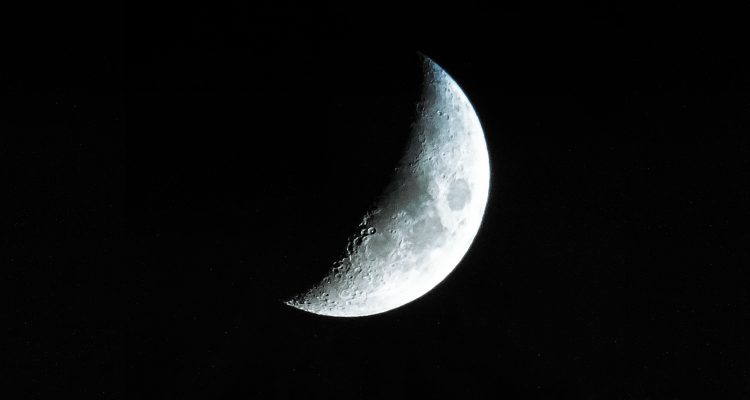Firefly Aerospace’s Blue Ghost Lunar Lander Structure is aptly named for a rare firefly species found in the southwest U.S. and known for their distinctive blue glow. The Blue Ghost lander structure and fluid systems were developed and assembled by Firefly Aerospace as part of a $230m order placed by NASA’s Commercial Lunar Payload Services (CLPS) initiative.
Blue Ghost Mission 1 will explore Mare Crisium, a large basin on the Moon’s near side, and will carry both commercial and NASA-sponsored payloads, many of which have been processed at Firefly’s facility and passed testing to be included on the lander. The purpose of the mission is to explore building a sustainable presence on the Moon by conducting demonstrations such as regolith sample collection, radiation tolerance computing, and Global Navigation Satellite System abilities.
Thanks to in-house manufacturing and test facilities, Firefly is able to develop, assemble, and test components quickly. Blue Ghost’s panels, struts, legs, harnesses, avionics, batteries, and thrusters were designed and built in-house using carbon fiber and proven technologies from Firefly’s launch and orbital vehicles.
“Firefly is able to have more control over our mission schedules and less dependency on the supply chain thanks to our in-house manufacturing capabilities and facilities that accommodate the development of multiple landers,” said Jana Spruce, Vice President of Spacecraft at Firefly Aerospace. “Our vertically integrated approach with shared components across our vehicles further enables scaled efficiencies, lower costs, and quality assurance that we pass on to our customers.”
Firefly’s first lunar mission is scheduled for Moon landing in 2024 and a second lunar mission is planned for 2026.


